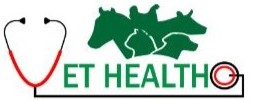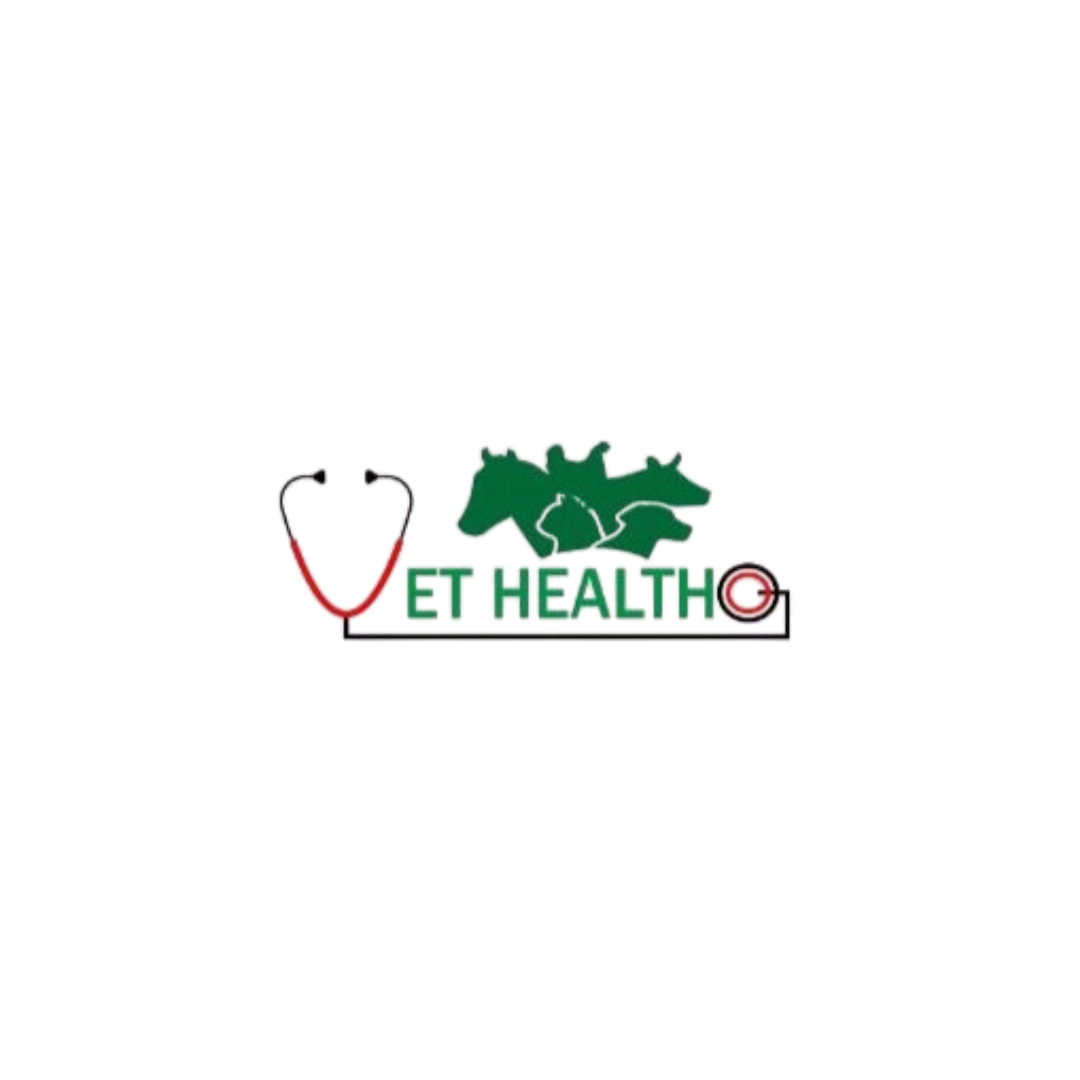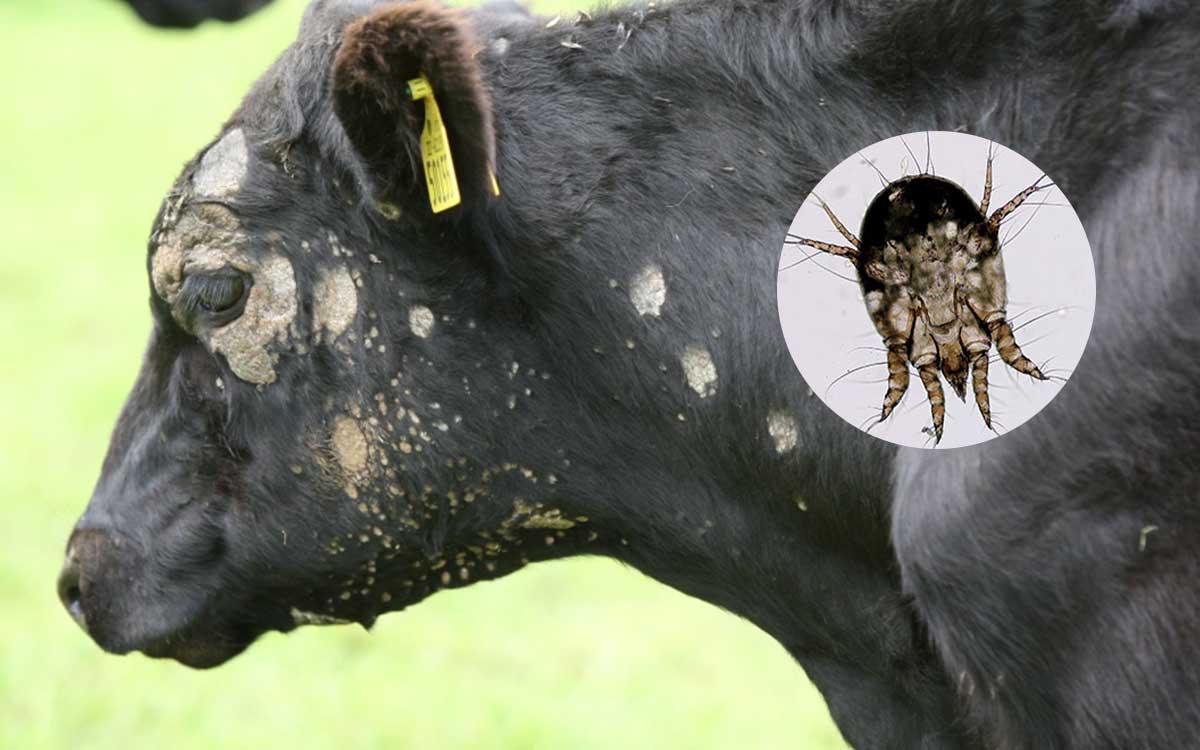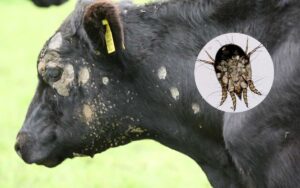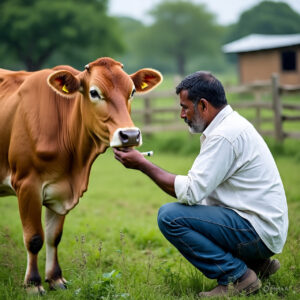Cow skin diseases are among the most common and visible signs of poor cattle health. These conditions can severely impact milk production and overall wellbeing. Identifying and treating cow skin diseases early helps prevent long-term damage and ensures a productive dairy herd.
Introduction
Skin problems lower milk yield and cause economic loss.
Early action protects animal welfare and farm profit.
This guide explains causes, signs, and practical cures.
Focus keyphrase appears here: cow skin diseases.
1. Why Skin Health Matters
Healthy skin blocks parasites and bacterial invasion.
It supports temperature regulation and immune response.
Skin lesions let flies spread viral agents quickly.
Treatment costs rise when diagnosis happens too late.
2. Major Cow Skin Diseases
2.1 Lumpy Skin Disease
Virus spreads by biting insects during humid months.
Firm nodules develop on neck, back, and limbs.
Fever, lacrimation, and milk drop follow quickly.
2.2 Ringworm (Dermatophytosis)
Fungal spores enter hair follicles through abrasions.
Circular grey crusts form, especially on the head.
Calves catch infection faster due to thin skin.
2.3 Mange (Sarcoptic and Demodectic)
Mites burrow and trigger severe itching and scabs.
Hair loss patches merge, leaving thick wrinkled hide.
Secondary bacteria aggravate the painful irritation.
2.4 Photosensitization
Toxin build‑up reacts with sunlight and damages dermis.
White areas redden, crack, and finally slough off.
Liver dysfunction or plant toxins usually precede outbreaks.
2.5 Warts (Papillomatosis)
Bovine papillomavirus stimulates keratin cell overgrowth.
Cauliflower masses appear on teats, neck, and head.
They bleed during milking and invite mastitis bacteria.
2.6 Dermatophilosis (Rain Scald)
Moisture activates Dermatophilus congolensis spores.
“Paintbrush” scabs form along back and rump lines.
High rainfall regions report frequent seasonal cases.
3. Early Detection Checklist
Observe herd twice daily for new hairless spots.
Palpate nodules to judge pain and warmth.
Note grooming changes; itching cows rub fences.
Record fever, appetite, and milk yield drops.
Isolate suspicious animals before full diagnosis confirmation.
4. Diagnostic Methods
Skin scrapings detect mites under microscopy.
Fungal cultures identify Trichophyton and Microsporum strains.
PCR confirms lumpy skin disease within hours.
Blood biochemistry reveals liver photosensitization issues.
Always consult a certified veterinarian for sampling.
5. Treatment Protocols
5.1 Antiviral and Supportive Care
For lumpy skin disease, vaccination best prevents spread.
No specific cure exists; supportive therapy controls fever.
Use NSAIDs, multivitamins, and balanced electrolyte fluids.
5.2 Antifungal Therapy
Topical clotrimazole cream clears small ringworm lesions.
For widespread infection, administer systemic griseofulvin.
Disinfect barns using lime wash and sunlight exposure.
5.3 Acaricide Regimen
Inject ivermectin at 0.2 mg/kg for mange relief.
Repeat dose after fourteen days to kill new larvae.
Burn or deep bury removed scabs to destroy mites.
5.4 Photosensitization Management
Move animals to shade during peak solar hours.
Feed low‑chlorophyll hay and supply fresh clean water.
Administer antihistamines plus liver protectant herbs.
5.5 Wart Removal Techniques
Small papillomas regress after improving immunity.
Spread autogenous wart vaccine across affected herd.
Severe cases need surgical excision and iodine wash.
5.6 Antibiotic Cover for Dermatophilosis
Inject long‑acting oxytetracycline every seventy‑two hours.
Clip matted hair and apply povidone iodine solution.
Keep animals dry and improve drainage around sheds.
6. Biosecurity and Environmental Control
Quarantine newcomers for thirty days pre‑mixing.
Disinfect equipment between animals to halt spores.
Install fly traps and practice rotational grazing.
Reduce mud by grading yards and adding gravel.
Provide shade trees or shelters to cut UV damage.
7. Nutritional Support Strategies
High‑protein rations speed tissue healing.
Zinc, copper, and selenium strengthen epidermal barriers.
Vitamin A preserves mucous membranes and hair growth.
Probiotics reduce toxin absorption and boost immunity.
Clean water ensures toxin flushing and hydration.
8. Vaccination Schedule
Administer live lumpy skin vaccine yearly before monsoon.
Ringworm vaccines exist in endemic European regions.
Consult regional authorities for approved immunization lists.
9. Record Keeping Importance
Maintain treatment logs for individual cows.
Track recurrence and drug withdrawal periods.
Records help vets refine future control plans.
10. Farmer Training and Awareness
Conduct monthly workshops on spotting early lesions.
Share photo charts and interactive quizzes.
Empowered farmers act quicker and reduce losses.
Conclusion
Ignoring cow skin diseases drains milk profits and harms welfare.
Early detection, targeted drugs, and strong biosecurity prevent outbreaks.
Regular veterinary guidance keeps herds healthy and productive.
Quick Reference Table
| Disease | Key Sign | First‑line Treatment | Prevention Tip |
|---|---|---|---|
| Lumpy skin | Nodules | Supportive care | Yearly vaccine |
| Ringworm | Circular crusts | Topical antifungals | Barn disinfection |
| Mange | Intense itching | Ivermectin | Acaricide dip |
| Photosensitization | Sunburn patches | Shade plus liver tonics | Limit toxic plants |
| Warts | Cauliflower growth | Autogenous vaccine | Boost immunity |
| Rain scald | “Paintbrush” scabs | Oxytetracycline | Dry housing |
Call to Action
Apply these protocols today and monitor results.
Share this guide with fellow dairy farmers.
Healthy skin equals healthy milk revenue.
